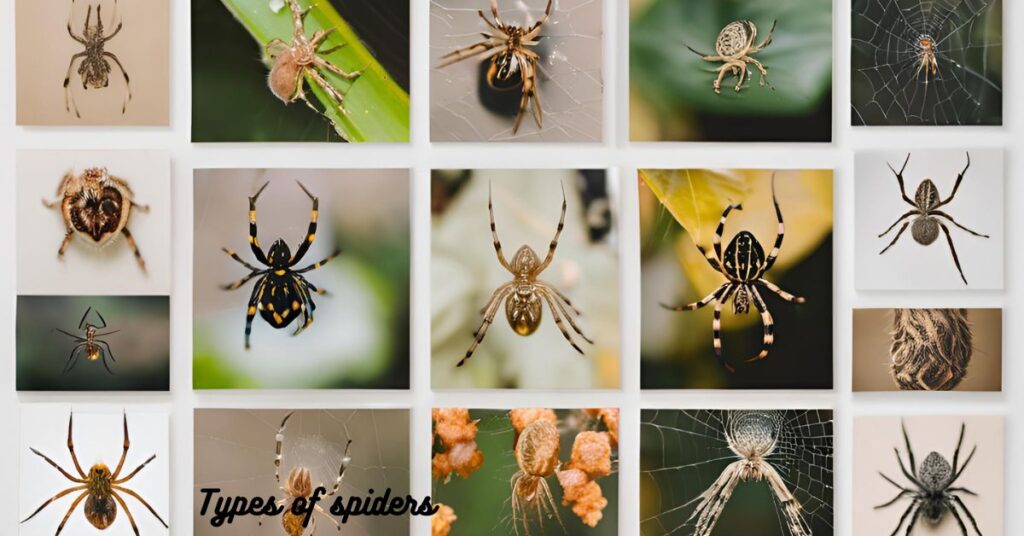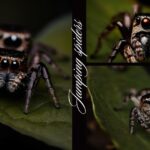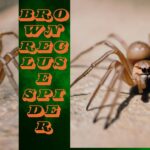Spiders are among the most assorted and interesting animals on our planet. Whether you’re an 8-legged creature devotee or essentially inquisitive almost these eight-legged wonders, understanding the assortment of creepy crawly species can be both interesting and instructive. In this comprehensive direct, “Creepy crawlies 101: Sorts of Insects Disclosed: A Visual Visit of the Most Curiously Species,” we’ll investigate diverse sorts of creepy crawlies, their special characteristics, and offer a visual visit to upgrade your learning experience.
What Are Spiders?
- Before jumping into particular sorts, it’s fundamental to get it what insects are. Insects are 8-legged creature, a course of joint-legged spineless creatures that incorporate scorpions, ticks, and bugs. Not at all like creepy crawlies, creepy crawlies have eight legs, two body portions (the cephalothorax and guts), and no wings or radio wires. They are known for their capacity to deliver silk, which they utilize for different purposes, counting building networks, capturing prey, and making egg sacs.
Outline of Spiders Classification
Spiders are classified into a few families and orders, each containing different species. The major insect families include:
- Araneidae (Orb-Weavers): Known for their wheel-shaped webs.
- Thomisidae (Crab Insects): Characterized by their crab-like appearance.
- Salticidae (Hopping Creepy crawlies): Eminent for their fabulous bouncing abilities.
- Lycosidae (Wolf Insects): Ground-dwelling insects with chasing prowess.
- Lynx Creepy crawly (Oxyopidae): Known for their savage nature and agility.
In this direct, we will dig into a few of the most curiously species inside these families, giving a visual visit to improve your understanding of each type.
Orb-Weaver Spiders
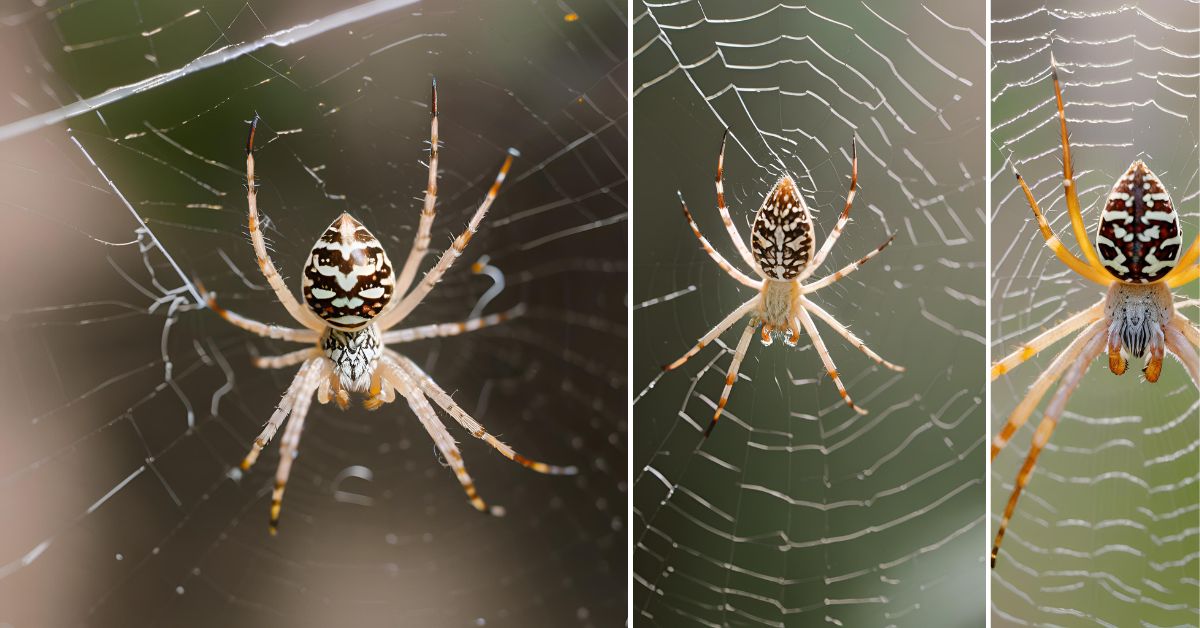
Orb-Weaver Insects are maybe the most recognizable due to their complicated, wheel-shaped networks. These insects are as a rule found in gardens and woodlands, turning their networks between plants or structures.
- European Cultivate Creepy crawly (Araneus diadematus): This species is commonly found in Europe and is known for its expansive, lavish web. The spider’s guts highlights a particular white cross pattern.
- Golden Silk Insect (Nephila clavipes): Found in tropical locales, the brilliant silk creepy crawly is popular for the brilliant tone of its web, which can be up to 2 meters in diameter.
- Visual Visit: Orb-Weaver creepy crawlies are outwardly dazzling, with their dynamic colors and complex web structures. Their networks are not as it were excellent but too serve as viable traps for capturing prey.
Crab Spiders
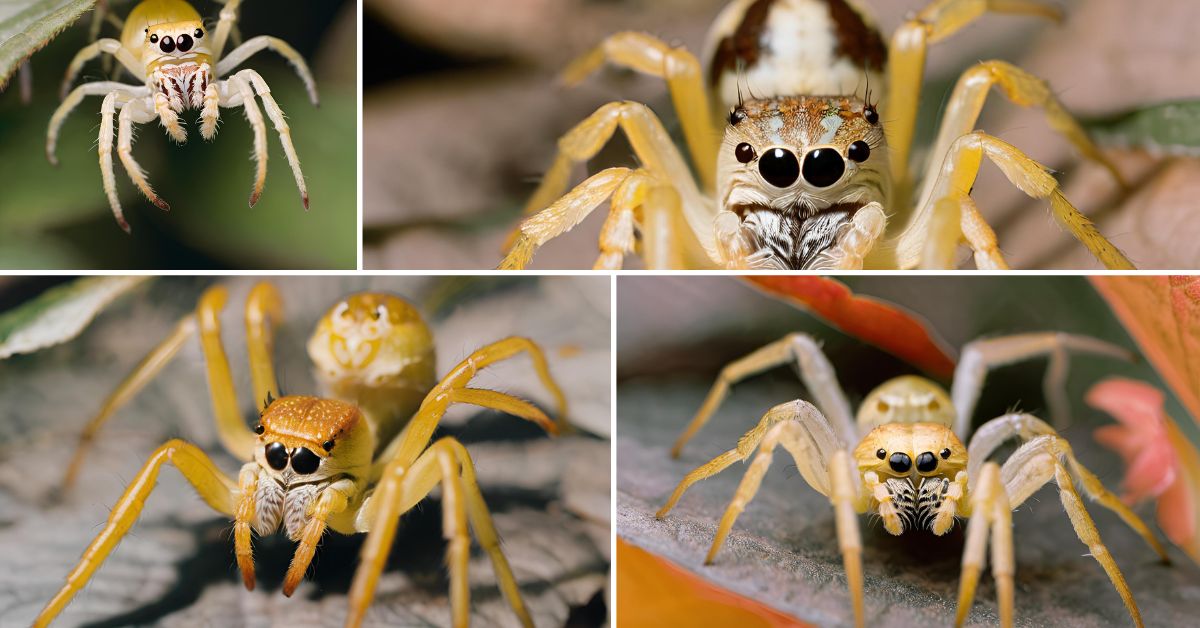
Crab Creepy crawlies are named for their crab-like appearance and sideways strolling. Not at all like numerous other insects, crab creepy crawlies do not turn networks to capture prey; instep, they utilize their camouflage to snare insects.
- Goldenrod Crab Insect (Misumena vatia): This creepy crawly can alter color to coordinate its environment, making it an viable trap predator. It’s commonly found on goldenrod plants.
- Flower Crab Creepy crawly (Misumenoides formosipes): Regularly seen on blooms, this creepy crawly holds up for pollinators to come near some time recently striking.
- Visual Visit: Crab creepy crawlies are experts of camouflage. Their capacity to mix in with blossoms and foliage makes them interesting subjects for close-up photography.
Jumping Spiders
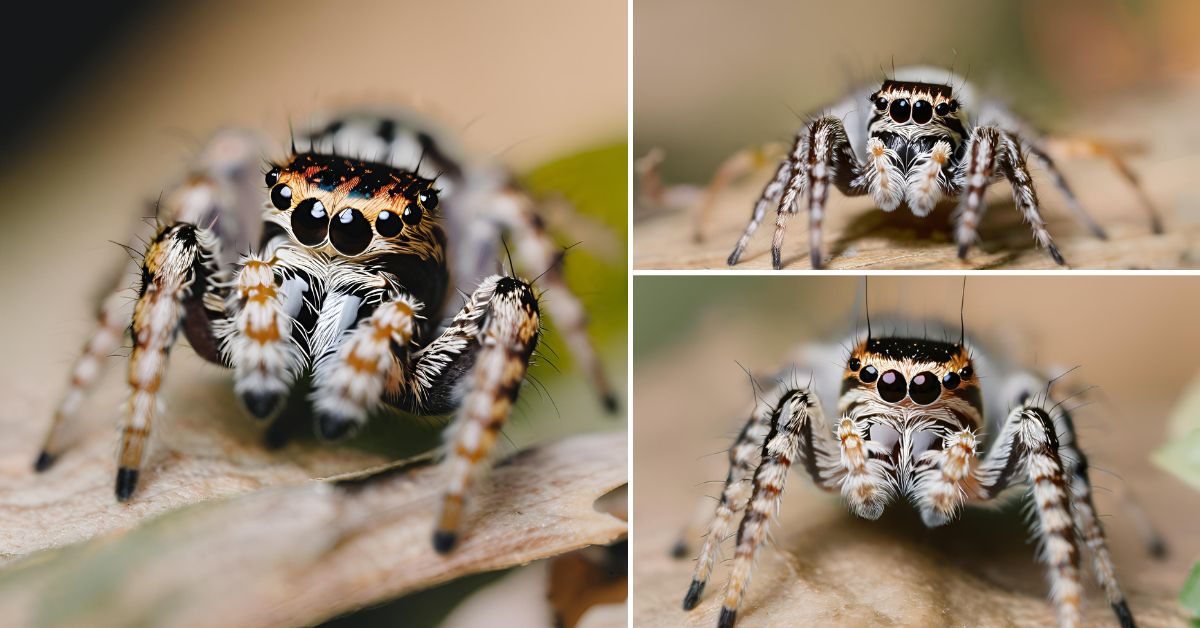
Jumping Creepy crawlies are known for their extraordinary hopping capacities and great vision. They are little but dexterous, with a particular eye course of action that gives them extraordinary profundity perception.
- Peacock Creepy crawly (Maratus spp.): Local to Australia, the peacock creepy crawly is popular for its colorful, luminous show utilized amid romance customs. The male insect amplifies its brightly colored folds to draw in a mate.
- Bold Hopping Creepy crawly (Phidippus audax): This North American species is known for its striking dark and white coloration and its capacity to hop long separations to capture prey.
- Visual Visit: Bouncing insects are among the most charismatic creepy crawlies, much appreciated to their expressive behavior and distinctive colors. Their interesting romance shows and chasing techniques are interesting to observe.
Wolf Spiders
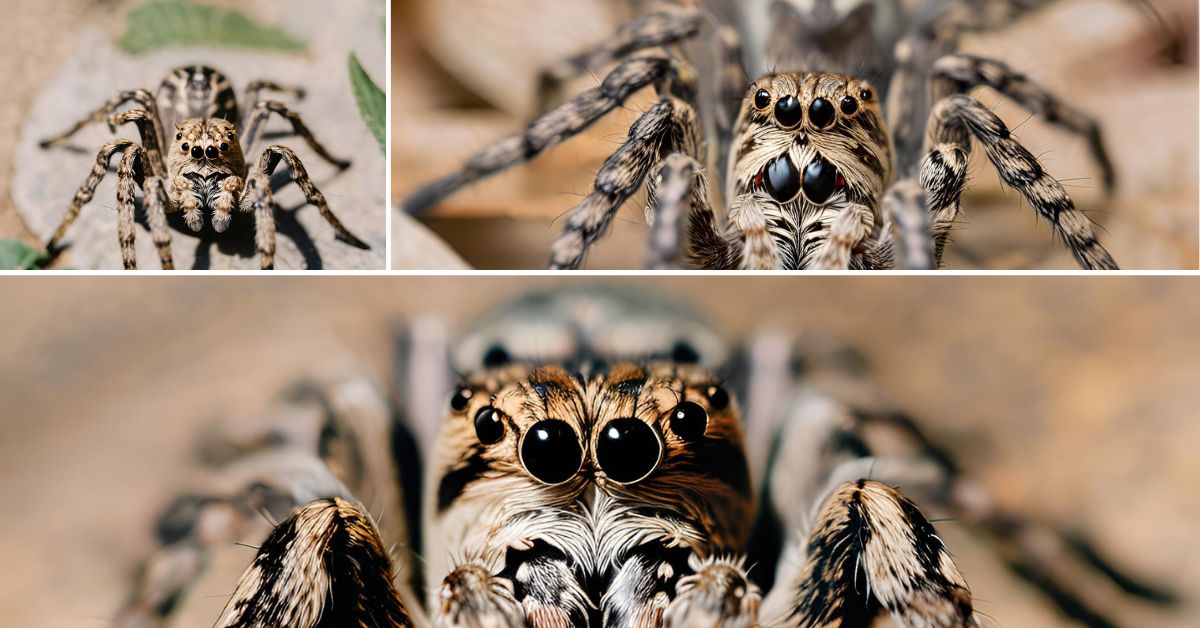
Wolf Insects are ground-dwelling seekers that do not turn networks. Instep, they effectively look for prey, utilizing their sharp vision and deftness to capture insects.
- Carolina Wolf Insect (Hogna carolinensis): Common in the southeastern Joined together States, this insect is known for its huge estimate and strong construct. It is regularly seen chasing at night.
- Giant Wolf Insect (Hogna wolfi): Found in the southwestern Joined together States, the mammoth wolf creepy crawly is one of the biggest creepy crawlies in North America. It is characterized by its amazing estimate and imposing chasing skills.
- Visual Visit: Wolf insects are amazing in their measure and chasing ability. Their capacity to effectively chase and their unmistakable appearance make them interesting subjects for observation.
Lynx Spiders
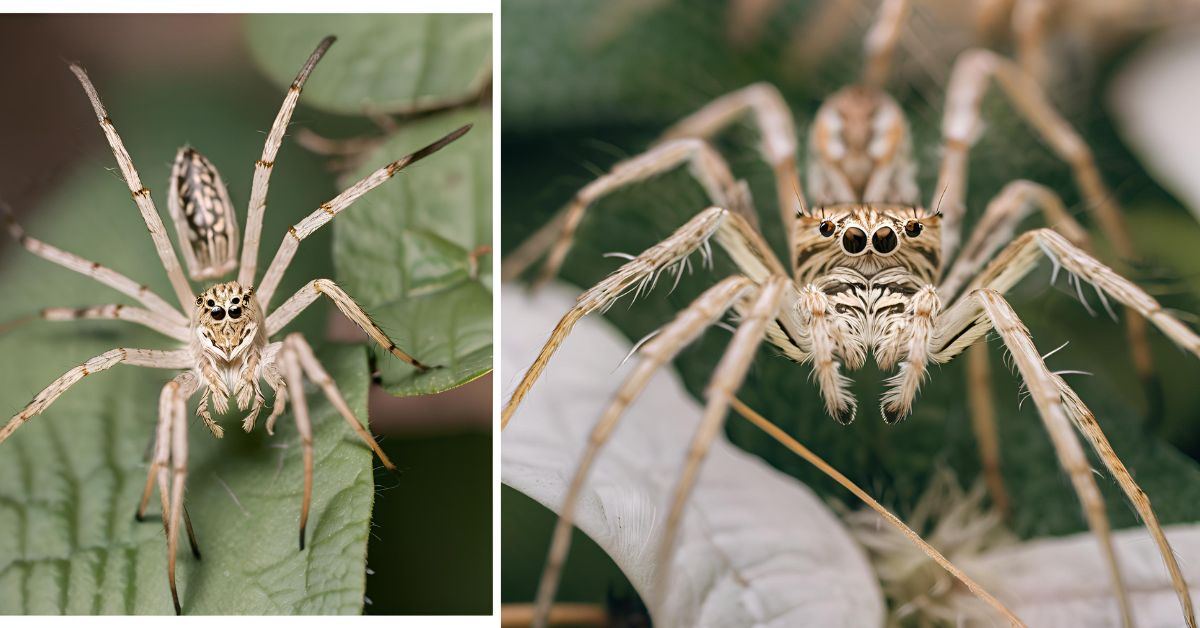
Lynx Insects are dexterous seekers known for their speed and ruthless abilities. They are regularly found in vegetation, where they chase for insects.
- Stripe Lynx Insect (Oxyopes salticus): This creepy crawly is characterized by its long, slim legs and striped body. It is commonly found in gardens and fields.
- Green Lynx Insect (Peucetia longipalpis): Known for its dynamic green color, this creepy crawly is an compelling predator of different insects.
- Visual Visit: Lynx creepy crawlies are known for their dynamic colors and deftness. Their chasing techniques and fast developments make them captivating to study.
Life systems and Physiology of Spiders
Insect Anatomy
Understanding insect life systems is vital for increasing in value their different adjustments. Key highlights include:
- Cephalothorax and Midriff: The cephalothorax (or prosoma) combines the head and thorax and houses the spider’s eyes, mouthparts, and legs. The midriff (or opisthosoma) contains the stomach related and regenerative organs and the spinnerets that deliver silk.
- Eyes: Most insects have eight eyes, in spite of the fact that a few species have less. The course of action of these eyes can change broadly among species and is pivotal for their chasing procedures and navigation.
- Legs: Creepy crawlies have eight legs, which are partitioned into sections: coxa, trochanter, femur, patella, tibia, and metatarsus. The legs are utilized for strolling, climbing, and capturing prey. A few species have specialized legs for particular capacities, such as chasing or web building.
- Silk Organs and Spinnerets: Silk is created in specialized organs and expelled through spinnerets found at the raise of the guts. Distinctive sorts of silk serve different capacities, counting web development, prey capture, and egg protection.
Insect Silk Production
Spider silk is one of nature’s most momentous materials, with mind blowing quality and versatility. There are a few sorts of silk, each with particular functions:
- Dragline Silk: Utilized for building auxiliary parts of networks and for the spider’s security line, permitting it to plummet or elude from danger.
- Capture Silk: Sticky and utilized for making the spirals in networks to capture prey. Its cement properties make it successful at catching insects.
- Reproductive Silk: Utilized to make egg sacs that secure the eggs from predators and natural conditions.
- Dragline Silk: Utilized in different exercises such as making covers, draglines, and for moving between locations.
Spiders Behavior and Adaptations
Chasing Strategies
Spiders utilize a extend of chasing methodologies depending on their species:
- Web Builders: Creepy crawlies like orb-weavers and pipe weavers make complicated networks to capture flying creepy crawlies. The plan and arrangement of the web are basic for its effectiveness.
- Ambush Predators: Crab insects and a few hopping creepy crawlies utilize camouflage to cover up and trap their prey. Their technique includes holding up for clueless creepy crawlies to come near some time recently striking.
- Active Seekers: Wolf insects and a few hopping creepy crawlies effectively look for prey. They depend on their speed, nimbleness, and sharp visual perception to capture creepy crawlies on the move.
Propagation and Lifecycle
Spiders have changed regenerative methodologies and life cycles:
- Courtship: Numerous creepy crawlies perform expound romance customs to pull in mates. For illustration, male peacock creepy crawlies show colorful designs and move to awe females.
- Egg Sac Development: Female insects make egg sacs from silk to ensure their eggs. These sacs can be carried by the female or joined to a secure location.
- Development: Spiderlings bring forth from the eggs and regularly experience a few sheds as they develop. The number of sheds can shift depending on the species.
Biological Parts of Spiders
Bug Control
- Spiders are significant in controlling creepy crawly populaces. They bolster on a wide assortment of bugs, counting mosquitoes, flies, and rural bugs. By keeping up the adjust of these populaces, creepy crawlies contribute to the wellbeing of environments and diminish the require for chemical bug control methods.
Biodiversity Indicators
- The nearness and differing qualities of insect species in an environment can demonstrate the wellbeing of that biological system. Creepy crawlies are delicate to changes in their environment, making them important pointers for checking natural changes and surveying biodiversity.
Human Interaction and Misconceptions
Human Benefits
While insects are regularly dreaded, they offer various benefits:
- Medical Inquire about: Insect silk has potential applications in therapeutic investigate, counting the improvement of unused materials for sutures and wound dressings.
- Pest Administration: Insects actually oversee bother populaces, lessening the require for chemical pesticides.
Common Misconceptions
Several myths and misinterpretations encompass spiders:
- Dangerous Chomps: Whereas a few insects can chomp, the larger part are safe and do not posture a critical danger to people. Most nibbles result in minor aggravation or maybe than genuine wellbeing issues.
- Aggressiveness: Insects by and large dodge people and are not forceful. They more often than not nibble as it were in self-defense when incidentally provoked.
Preservation and Protection
Living space Preservation
Protecting insect environments is basic for preserving insect differing qualities. Activities include:
- Habitat Reclamation: Endeavors to reestablish characteristic territories can bolster creepy crawly populaces and the in general wellbeing of ecosystems.
- Reducing Pesticide Utilize: Restricting the utilize of pesticides can anticipate the decrease of creepy crawly populaces and secure their environmental roles.
Investigate and Education
- Supporting inquire about and instruction approximately creepy crawlies can offer assistance disperse myths and increment appreciation for these animals. Instructive programs and citizen science ventures can lock in the open and advance preservation efforts.
READ MORE ABOUT: “The Ultimate Guide to Spiders: Understanding, Identifying, and Dealing with Them”
READ MORE ABOUT: “World’s Deadliest Spider Exposed: Everything You Need to Know”
FAQs
Q1: How do creepy crawlies contribute to natural health?
- Spiders contribute to natural wellbeing by controlling creepy crawly populaces and serving as markers of biological system wellbeing. Their nearness makes a difference keep up biological balance.
Q2: What adjustments offer assistance creepy crawlies capture prey?
- Spiders have advanced different adjustments to capture prey, counting specialized silk for web building, camouflage for trap predation, and dexterity for dynamic hunting.
Q3: Are insect chomps dangerous?
- Most insect chomps are not unsafe and result in minor bothering. In any case, a few species can cause more genuine responses. Recognizing the insect and looking for restorative counsel is basic if bitten.
Q4: How can I securely handle spiders?
- If you require to handle a creepy crawly, utilize a tender approach. Utilize a jostle or glass to capture and migrate the creepy crawly without coordinate contact. Dodge dealing with insects unless necessary.
Q5: What can I do to bolster creepy crawly conservation?
- Support insect preservation by securing common living spaces, decreasing pesticide utilize, and taking an interest in investigate and instruction activities. Raising mindfulness almost insects can moreover offer assistance advance their conservation.
- This point by point investigation of insects gives a comprehensive understanding of their interesting world, highlighting their significance in nature and their exceptional adaptations.
Conclusion
- In this direct, “Spiders 101: Sorts of Spiders Divulged: A Visual Visit of the Most Curiously Species,” we have investigated a differing extend of Spiders sorts, from the web-spinning orb-weavers to the dexterous bouncing insects. Each Spiders species has its one of a kind characteristics and adjustments, making them interesting subjects for consider and observation.
- By understanding the different sorts of Spiders and their behaviors, you can pick up a more noteworthy appreciation for these exceptional 8-legged creature. Whether you’re interested in their chasing procedures, their complicated networks, or their dynamic colors, creepy crawlies offer a riches of information and interest.
